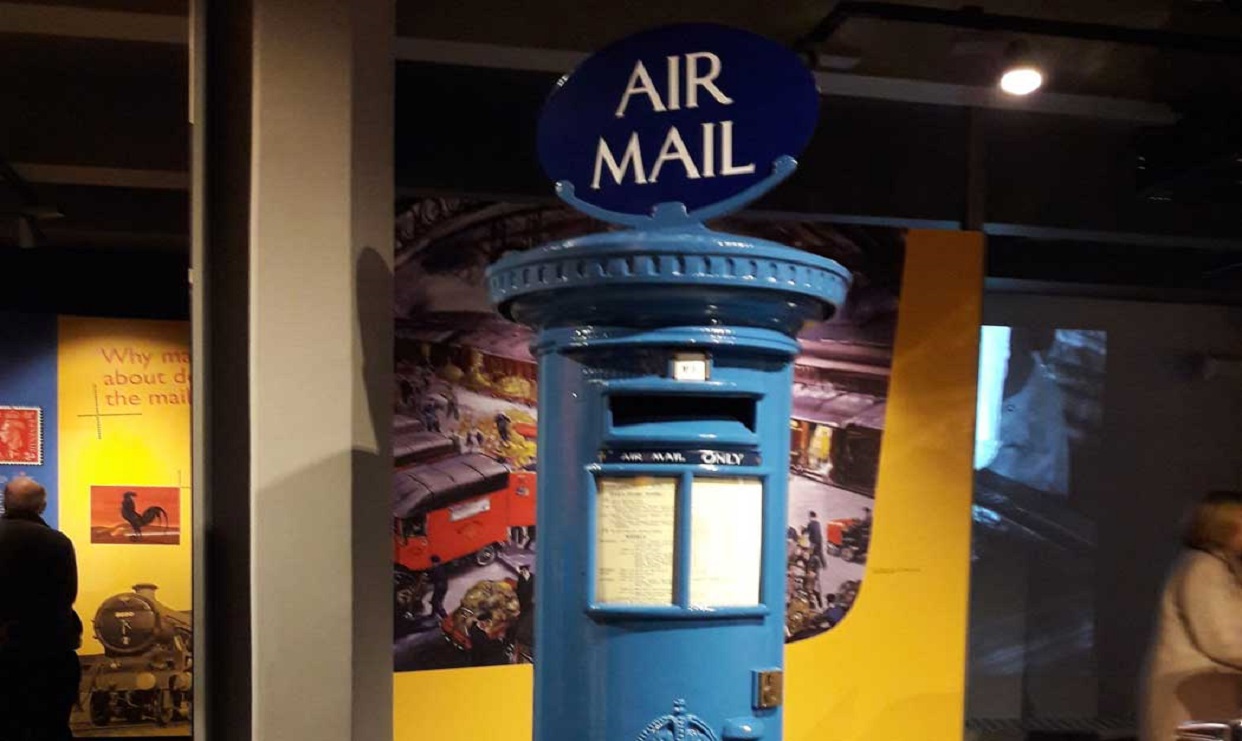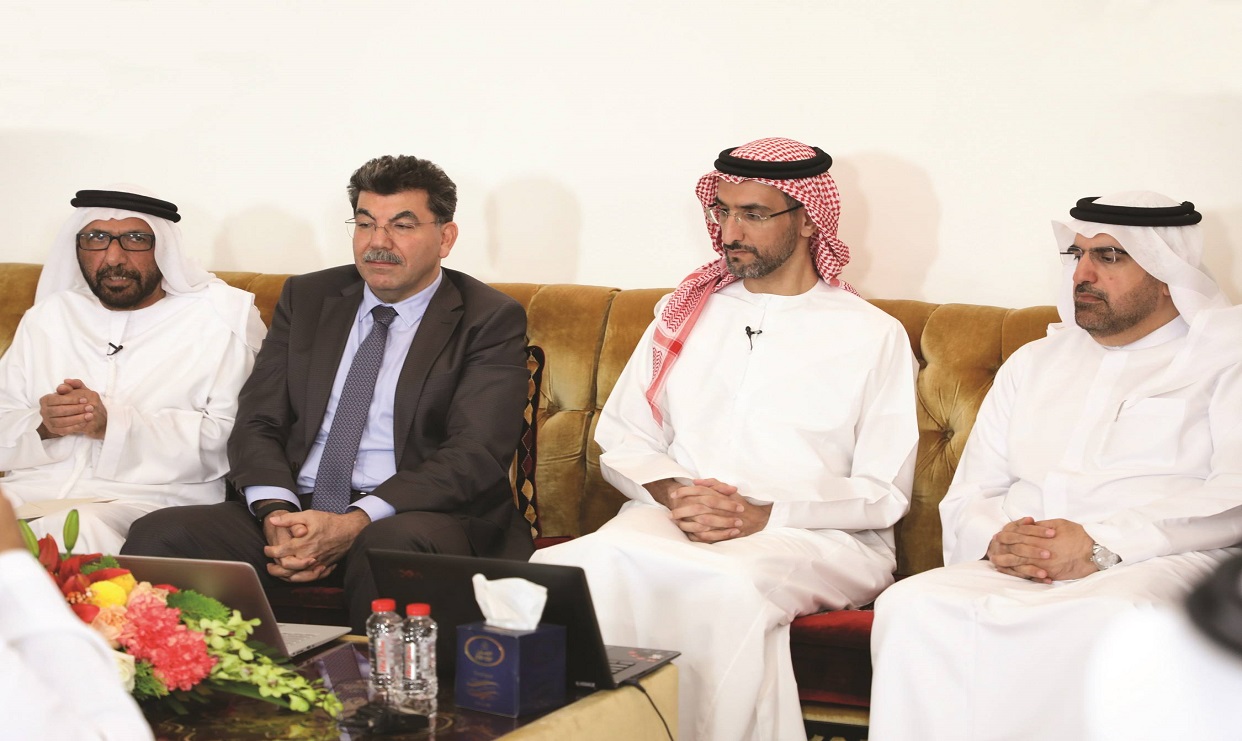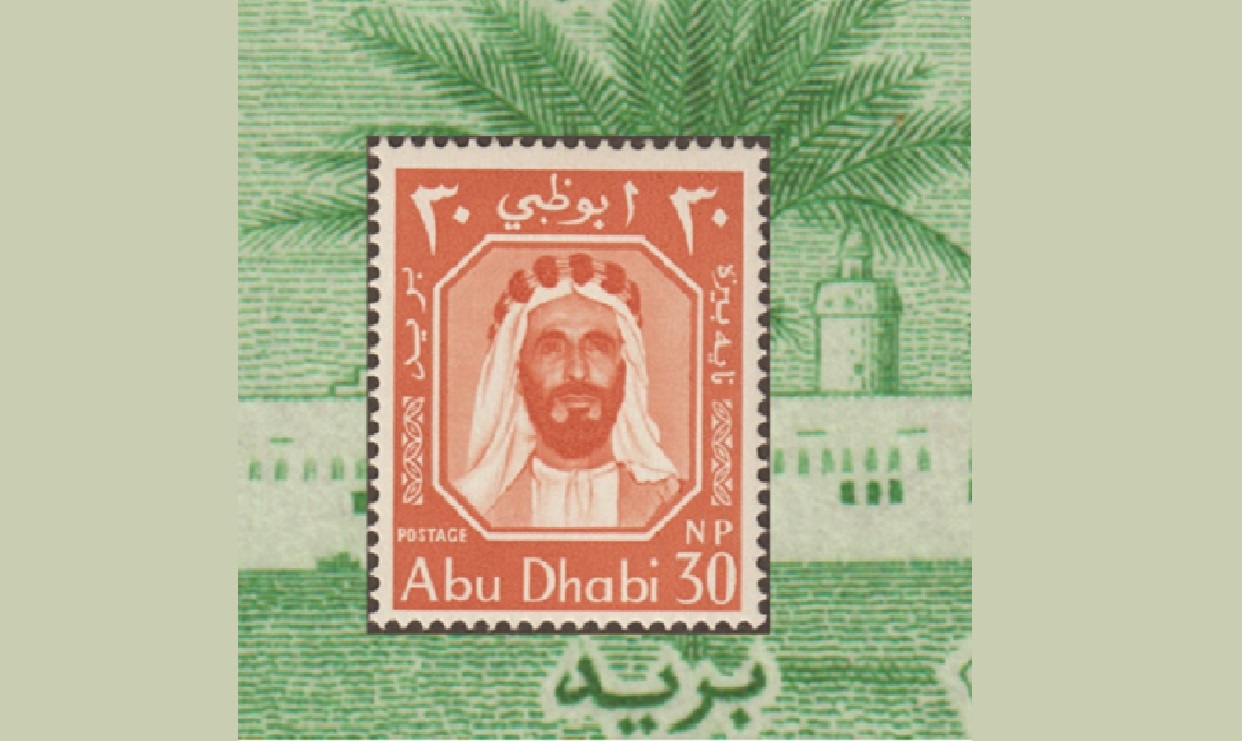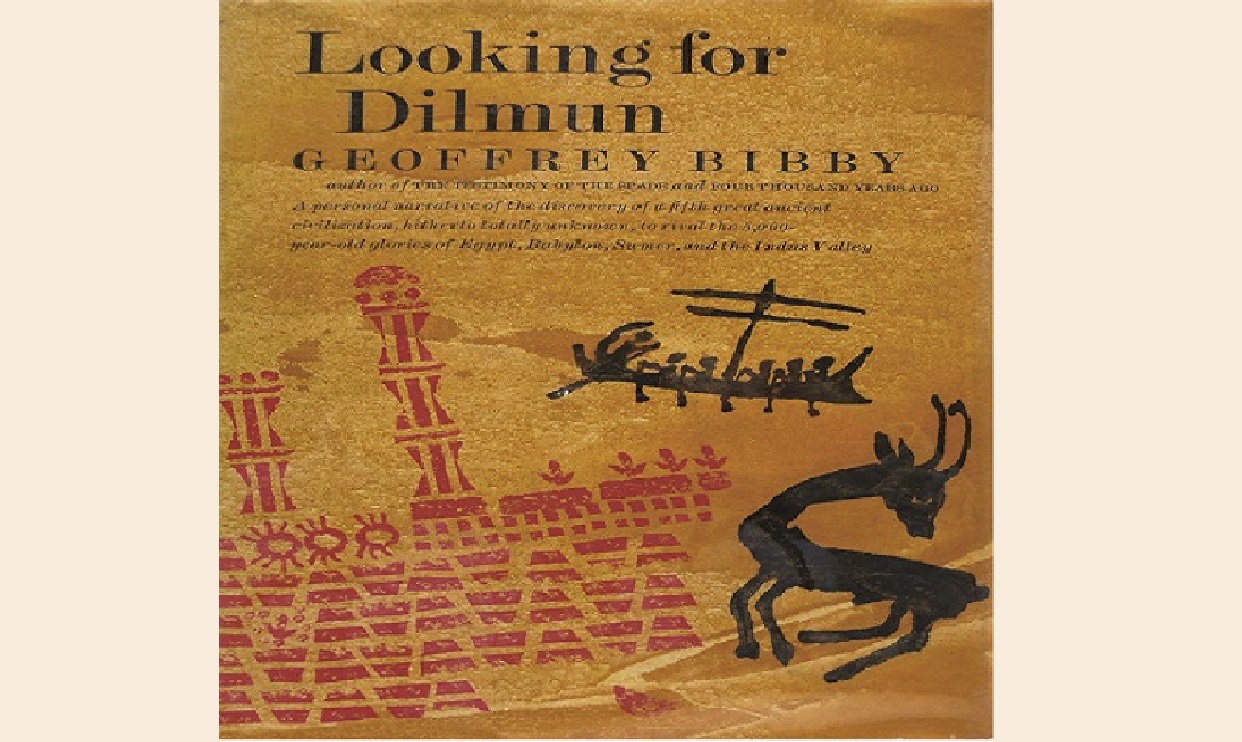932 عدد المشاهدات
Many people believe that establishing museums and spending money on them in all walks of life in society, politics and economics is a mere waste of governments’ effort with no substantial return. These people even consider such an investment a squandering of funds that should have been spent on infrastructure, education and healthcare. Their argument in this regard questions the value of dedicating a museum for mint or postal services, particularly as we have a plenty of public museums that can be customized as we want with no need to spend more money on specialized museums that will confuse the visitors and increase the burdens.
As a counter argument, we say that spending on specialized historical museums is actually investing in infrastructure, education, tourism and it boosts the economy. Documenting the history of countries is a factor in stability of states and it lends the country a deep-rooted historical dimension that increases the confidence of its people and amazes its visitors and travelers. In fact, the history of any country has only drifted into oblivion when the short-sighted people did more harm than good.
If we observe the museums of the world, we will find that these specialized museums are built by rich people, companies and governments and they have been on the rise for centuries only, except in the Arab region where we lack public museums let alone specialized museums. I would like to introduce the “Postal Museum in London” as a good example, which also complements this issue’s theme focusing on the postal history.
The Postal Museum in London
The museum has its origins in the early 20th century. Building on very humble beginnings in the basements of the GPO headquarters, Her Majesty Queen Elizabeth II officially opened the National Postal Museum in the City of London in 1969. Built partly to house an award-winning collection of British Victorian stamps – donated by Reginald Phillips in 1965 – the museum provided public access to its collections like never before.
In 1998, the museum was forced to close its doors following the sale of the museum building. Its smaller objects and staff were moved out to the less glamorous surroundings of Freeling House at Mount Pleasant – the home of the archive since 1992 – with larger objects put into storage away from Central London.
In 2004, the collections were transferred by Royal Mail to a newly formed independent charity, the Postal Heritage Trust who were tasked with looking after them and growing them. Since that date, the primary focus was to build a new first class home that the heritage needs. The Postal Museum opened on 28 July 2017 with Mail Rail opening on 4 September 2017.
The Museum has over 60,000 objects and thousands of records detailing nearly 400 years of postal history in an interactive entertaining way.
Besides interactive galleries, the Museum offers visitors an immersive underground exploration of the one hundred year old Post Office railway into the original tunnels. With modern research facilities to a wide-range of learning activities, The Postal Museum offers a fun-filled experience for everyone, from all backg rounds and of all ages.
The Museum’s items are categorized in themes including: Design & icons; Philatelic collection;
Land, air & sea; Animals; Postal services; Wartime; People; and Notable events.
Each collection tackles a different aspect of postal services. Design & icons, for example, explores the history of design in the postal service from posters, uniforms, letterboxes and maps to iconic designs like the Penny Black, the world’s first and most famous stamp. This collections also displays he world’s first Christmas card, sent 175 years ago on 1843.
The “Animals” collection sheds light on the roles of different animals in the postal service, from cats were first officially appointed by the Post Office to catch rodent and dogs detecting cable faults, to horses and donkeys carrying the mail.
This is just a glimpse about this ancient Museum’s many collections and sections, and I hope that the skeptics return to their senses and help the philatelists and fans of postal history to establish museums equipped with state-of-the-art technology ready to astonish the visitors.





